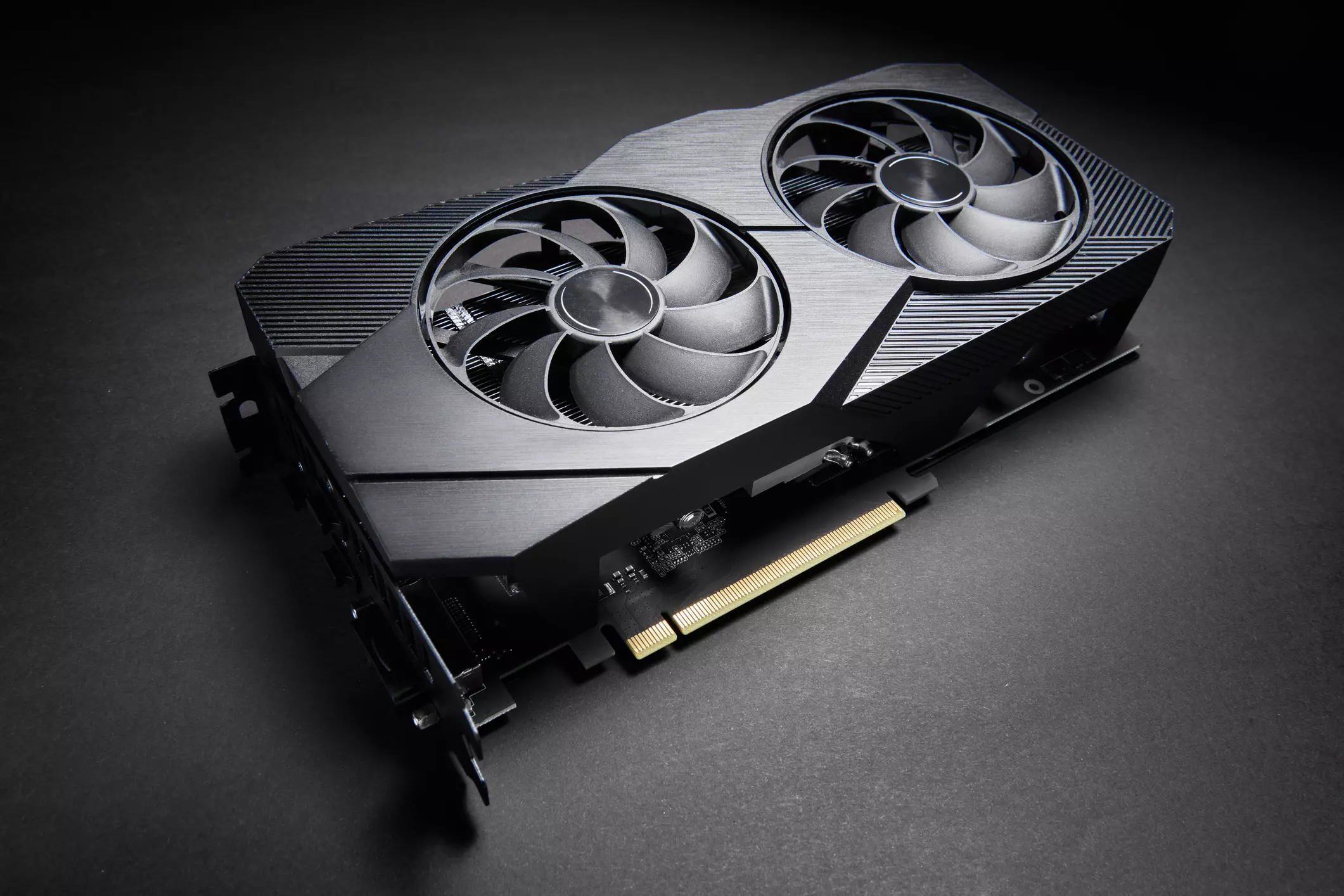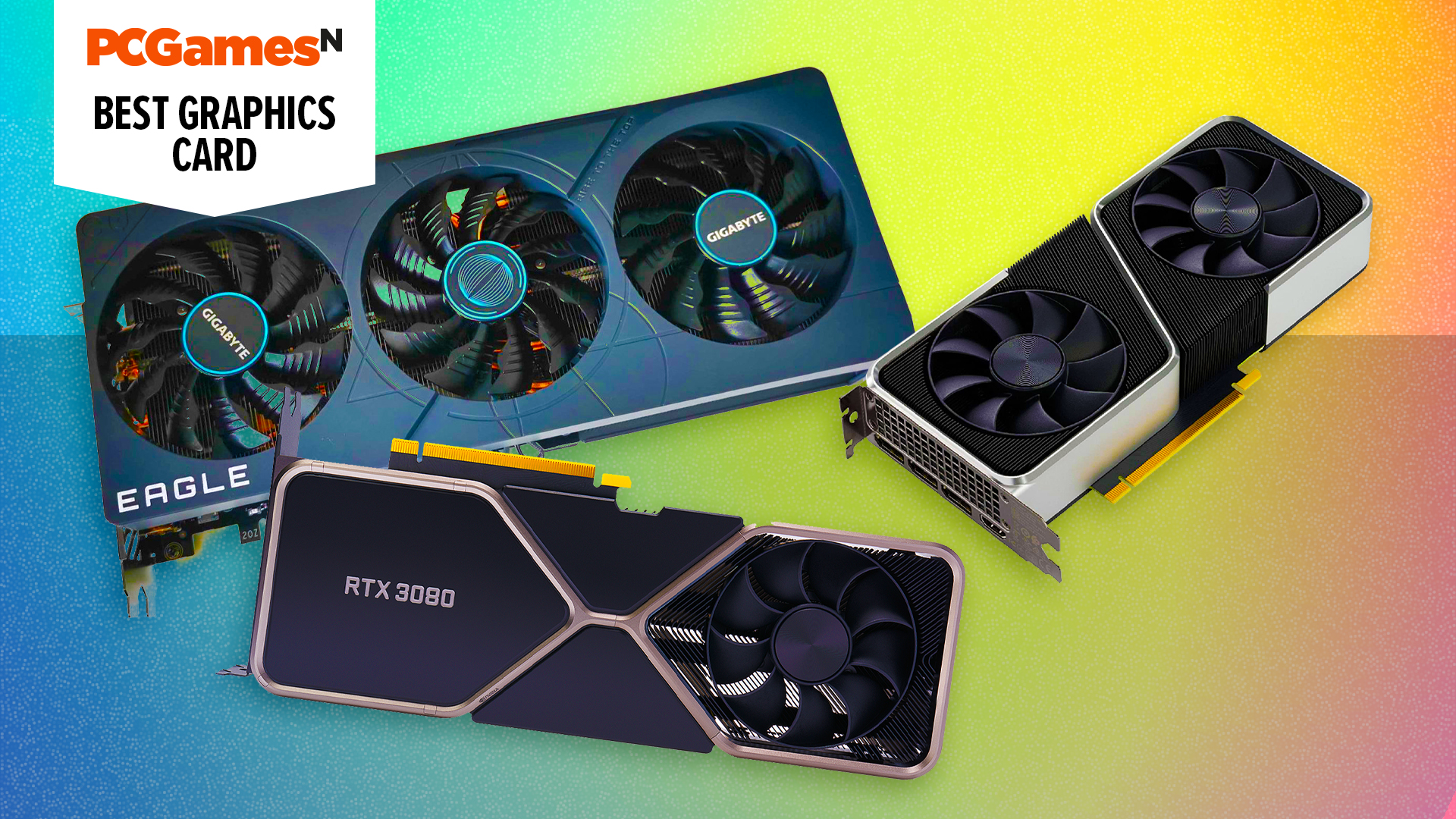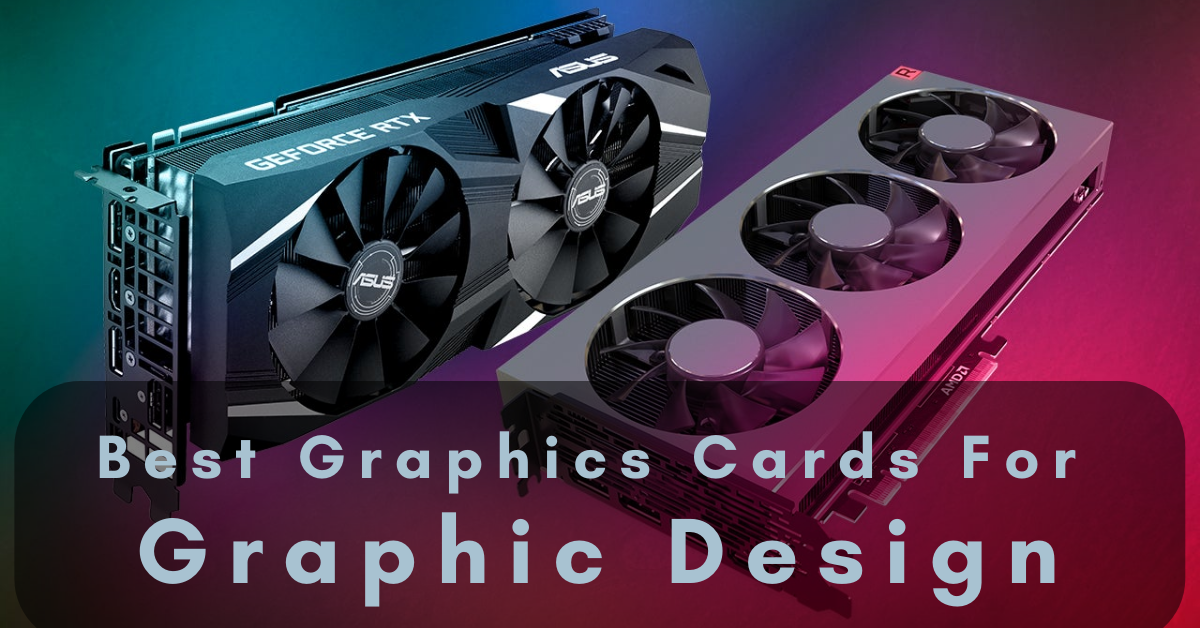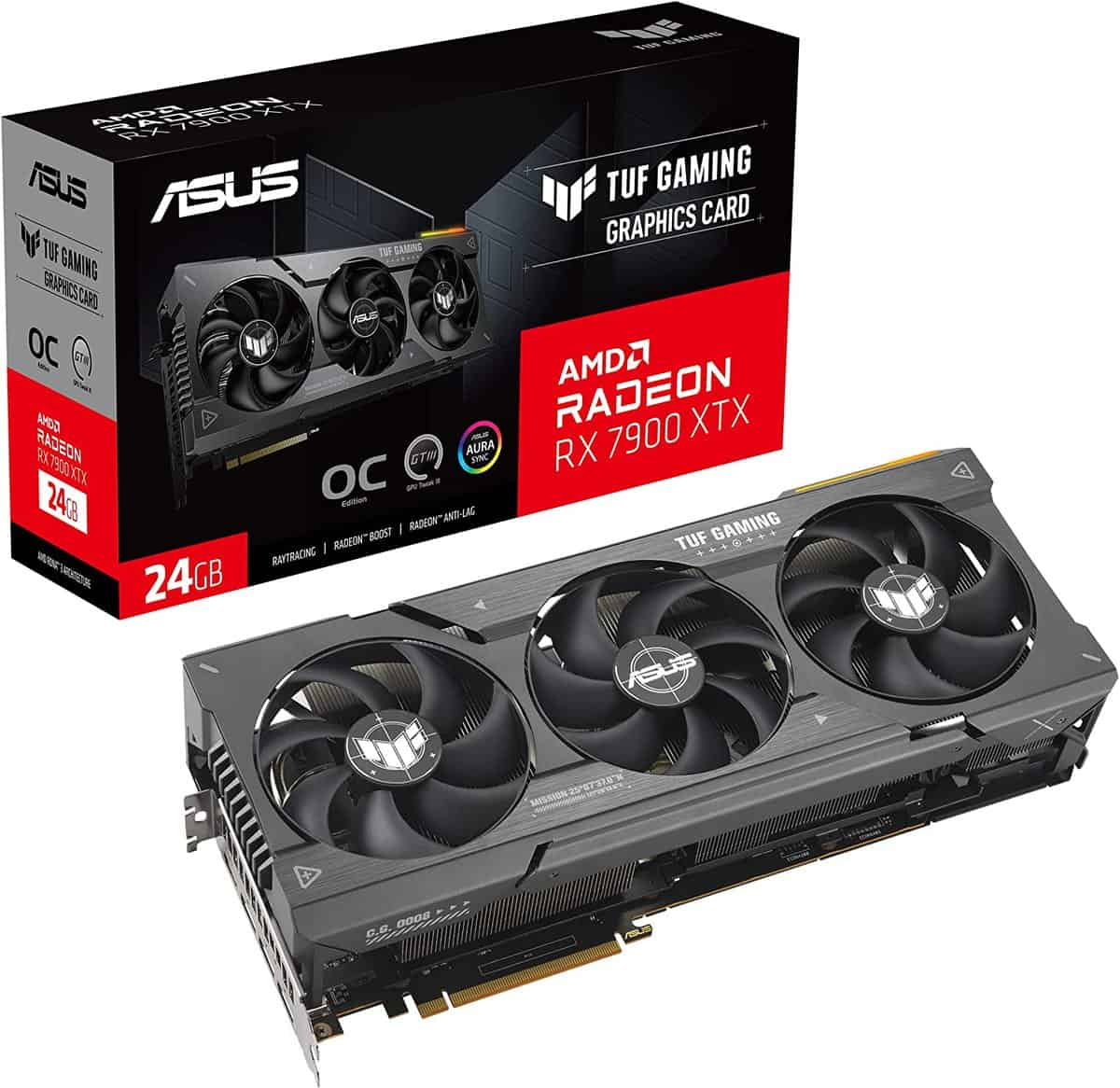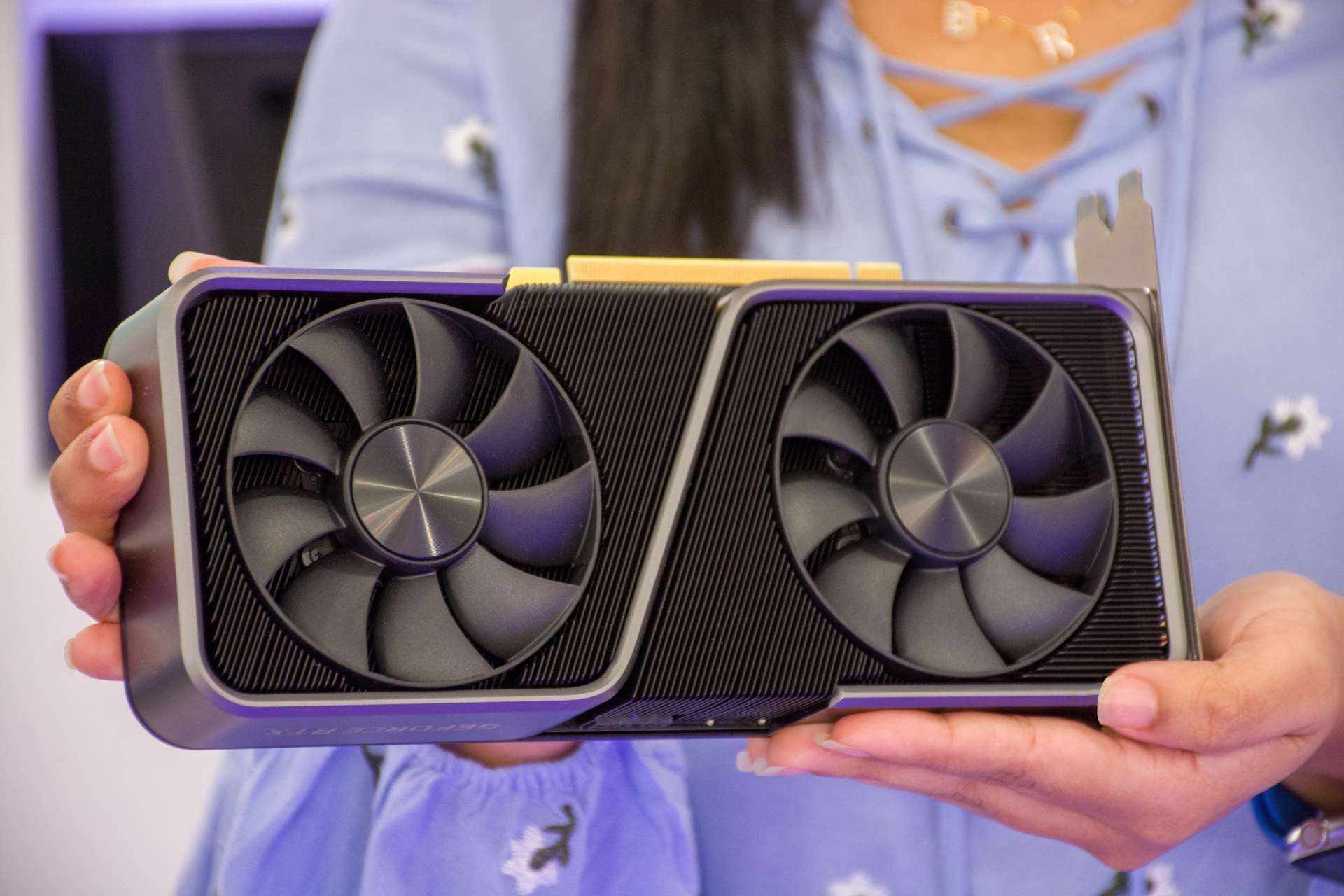Best Graphics Card For 3d Printing

So, you're diving into the exciting world of 3D printing? That's fantastic! But before you start dreaming up your next big creation, let's talk about something crucial: your graphics card. You might be surprised to learn that your GPU (Graphics Processing Unit) plays a significant role in the 3D printing workflow, especially when it comes to designing and slicing your models.
This article is for the 3D printing newbie – someone who's just getting started and wants to understand how to pick the right graphics card. We'll break down the tech jargon, explore the best options, and guide you toward making an informed decision, without emptying your wallet. Let's get started!
Why Your Graphics Card Matters for 3D Printing
You might think 3D printing is all about the printer itself, but your computer is a key player, especially during the design phase. 3D modeling software like Blender, Fusion 360, and Tinkercad rely heavily on the GPU to render complex models smoothly. A weak graphics card can lead to laggy performance, frustrating delays, and even crashes.
Beyond design, the slicing process, where your 3D model is converted into instructions for the printer, can also benefit from a powerful GPU. While the CPU handles the bulk of the slicing calculations, the GPU can accelerate the visual preview and manipulation of the sliced model, especially for intricate designs. Investing in a capable graphics card ensures a smoother, faster, and more enjoyable 3D printing experience from start to finish.
Top 5 Graphics Cards for 3D Printing: A Comparison
| Model | Price (USD - approx.) | VRAM | Architecture | Warranty |
|---|---|---|---|---|
| NVIDIA GeForce RTX 3060 | $350 - $450 | 12GB | Ampere | 2-3 years |
| AMD Radeon RX 6600 | $250 - $350 | 8GB | RDNA 2 | 2-3 years |
| NVIDIA GeForce RTX 3050 | $250 - $300 | 8GB | Ampere | 2-3 years |
| AMD Radeon RX 6500 XT | $180 - $250 | 4GB | RDNA 2 | 2-3 years |
| Intel Arc A750 | $250 - $300 | 8GB | Alchemist | 2-3 years |
Detailed Reviews
NVIDIA GeForce RTX 3060
The RTX 3060 is a sweet spot for many 3D printing enthusiasts. Its 12GB of VRAM provides ample headroom for complex models, and its Ampere architecture offers excellent ray tracing capabilities (useful if you dabble in rendering). It's a great all-around performer for both design and slicing.
AMD Radeon RX 6600
The RX 6600 offers excellent value for its price. The 8GB of VRAM is sufficient for most 3D printing tasks. Its RDNA 2 architecture delivers solid performance in 3D modeling applications, making it a strong contender.
NVIDIA GeForce RTX 3050
The RTX 3050 is a more budget-friendly option within the RTX lineup. Still equipped with 8GB of VRAM and Ampere architecture. It provides a good balance of performance and affordability for 3D printing beginners.
AMD Radeon RX 6500 XT
If you're on a tight budget, the RX 6500 XT is a decent entry-level option. However, its 4GB of VRAM might be limiting for larger, more complex models. It's best suited for simpler 3D printing projects.
Intel Arc A750
The Intel Arc A750 is an interesting contender from Intel. It offers solid performance at a competitive price. While drivers and software are still maturing, it's a viable option, especially if you're looking for something different.
Used vs. New Graphics Cards: Which is Right for You?
Used Graphics Cards:
Pros: Significantly cheaper, wider range of options available. Cons: No warranty, potential for wear and tear, risk of buying a damaged card.
New Graphics Cards:
Pros: Full warranty, guaranteed functionality, peace of mind. Cons: More expensive, limited availability (depending on the market).
For a first-time buyer, a new card is often the safer bet. The warranty provides protection against defects, and you can be sure the card is in good working order. However, if you're comfortable with the risks and know how to test a used card, you can potentially save a lot of money. Just be sure to buy from a reputable source with a return policy.
Reliability Ratings by Brand
Generally, both NVIDIA and AMD cards are known for their reliability. However, the specific manufacturer of the card (e.g., ASUS, MSI, Gigabyte) can also influence its lifespan. These manufacturers often have different cooling solutions and build quality. Read reviews for specific models to get a better understanding of their reliability.
Intel is a newer player in the discrete graphics card market, so long-term reliability data is still emerging. However, their integrated graphics solutions have been generally reliable over the years, which provides some confidence.
Checklist: 5 Must-Check Features Before Buying
- VRAM (Video RAM): Aim for at least 8GB, especially if you plan to work with complex models. More VRAM is always better.
- Architecture: Newer architectures (e.g., Ampere, RDNA 2, Alchemist) offer better performance and features.
- Cooling: Ensure the card has adequate cooling to prevent overheating, especially during extended use.
- Power Supply Requirements: Check your power supply's wattage and connectors to ensure compatibility with the graphics card.
- Connectivity: Make sure the card has the necessary display outputs (e.g., HDMI, DisplayPort) to connect to your monitor.
Summary
Choosing the right graphics card for 3D printing doesn't have to be daunting. Consider your budget, the complexity of your projects, and the software you'll be using. Don't overlook the importance of VRAM and cooling. Weigh the pros and cons of buying used versus new, and research the reliability of different brands and models.
Investing in a capable graphics card can significantly improve your 3D printing workflow. It allows for smoother design, faster slicing previews, and a more enjoyable overall experience. Take your time, do your research, and choose the card that best fits your needs and budget.
Ready to Level Up Your 3D Printing?
Now that you're armed with the knowledge, it's time to start exploring the options. Browse online retailers, read reviews, and compare prices. Don't be afraid to ask questions in online forums or communities. Happy printing!
